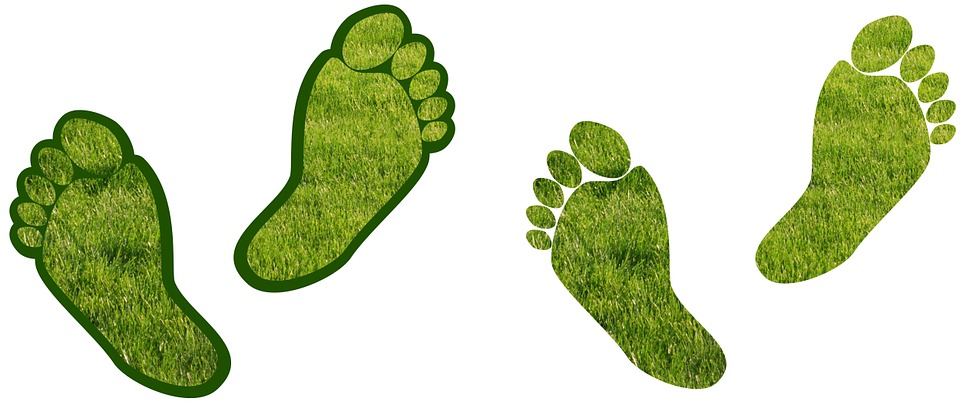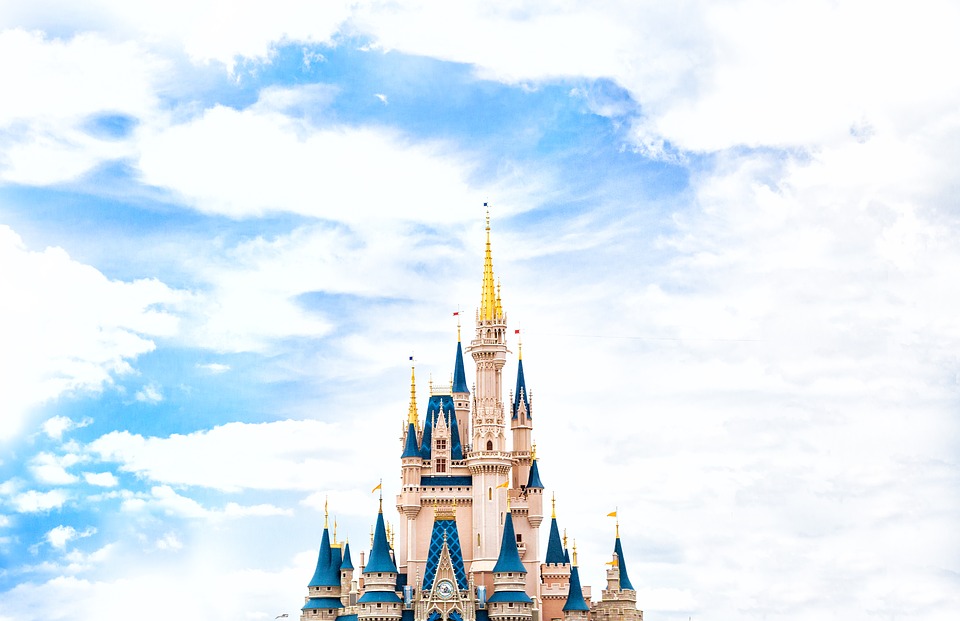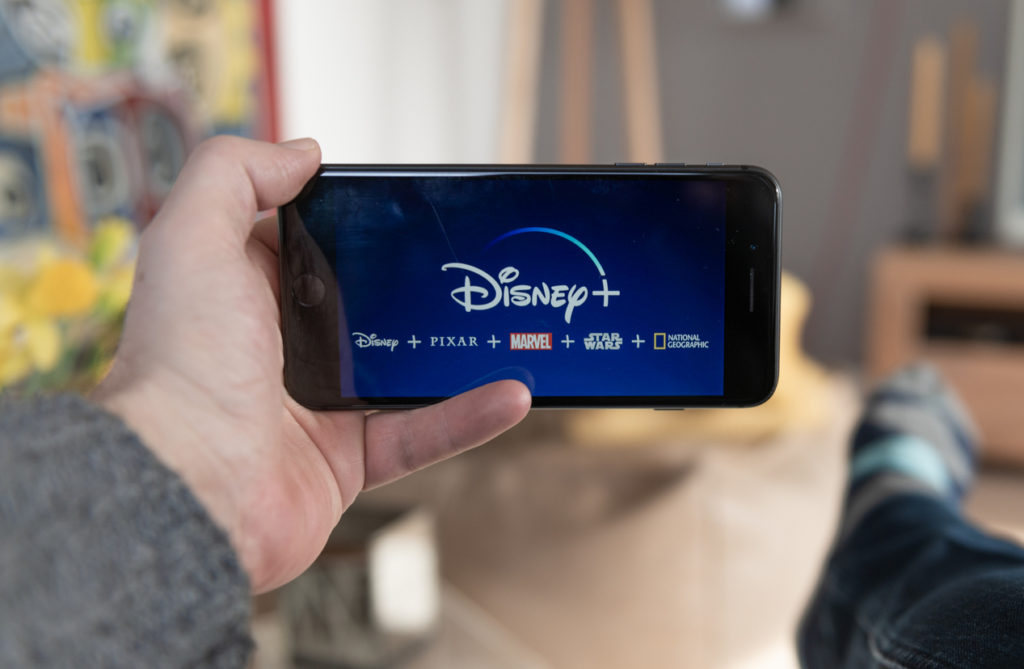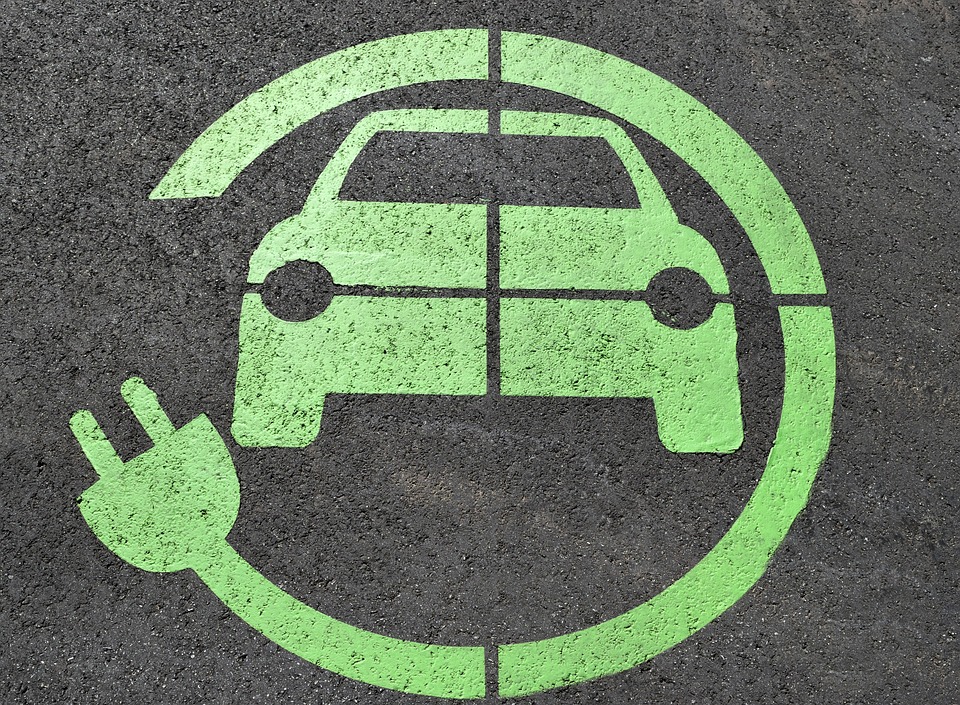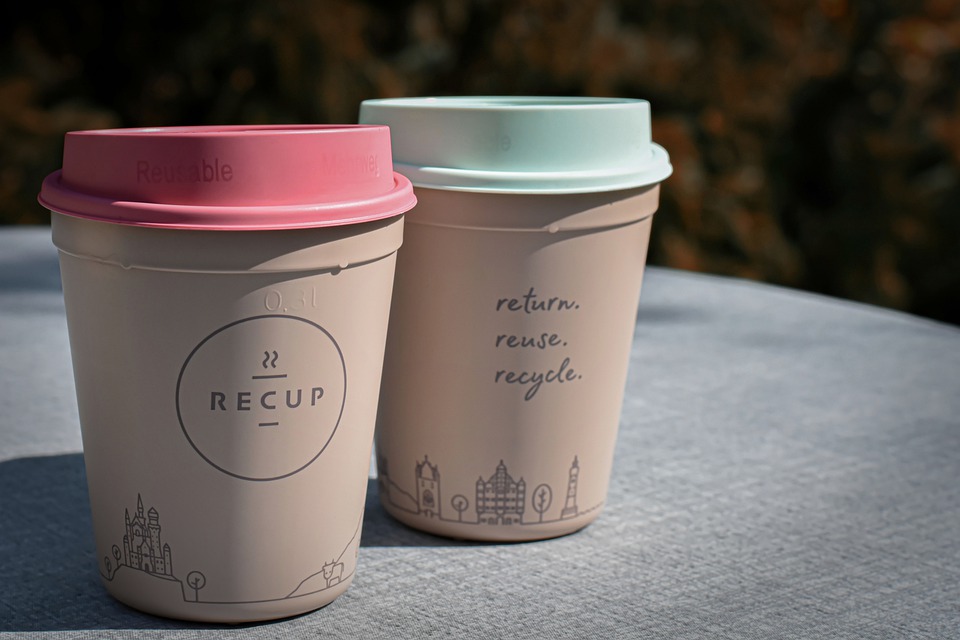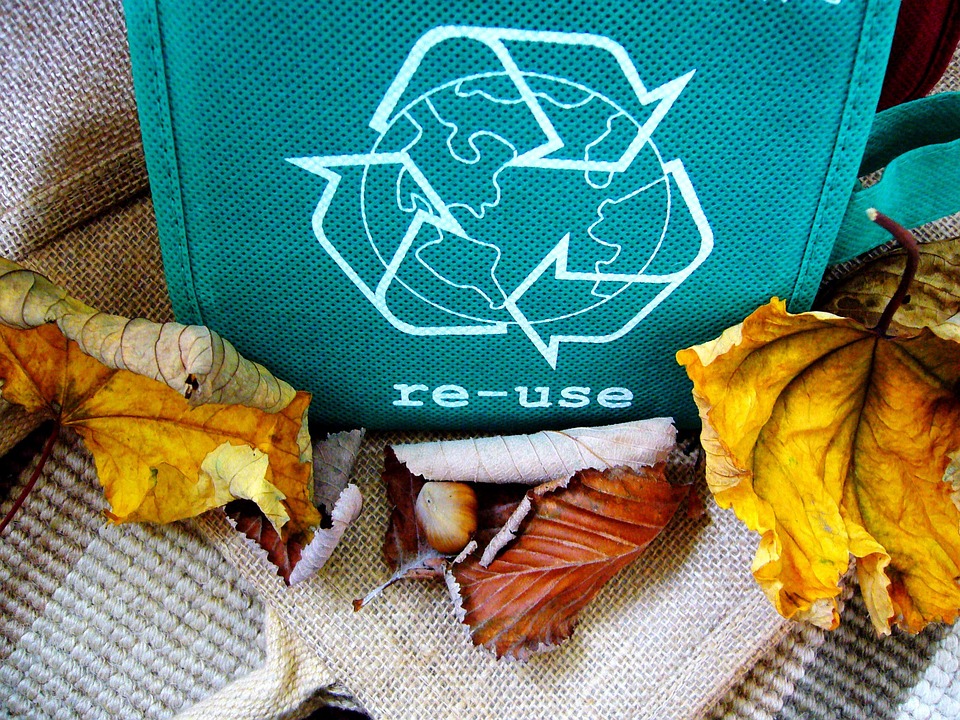Hot tubs are in high demand.
Over the last three years, there has been a resurgence of consumer interest in backyard amenities like spas, swimming pools and hot tubs. The COVID-19 pandemic has changed a lot of things for a lot of people. Since their daily routines have been affected, people are constantly looking for new ways to have fun, de-stress and relax. As a result, there has been a significant increase in the demand for hot tubs.
With weather conditions changing daily and people being afraid to travel and having to work at home, it makes sense that many are investing in a hot tub. A hot tub can easily turn your house into an oasis and create a more enjoyable and relaxing space. This is the reason why the global market for hot tubs crossed the $19 billion mark in 2022. In fact, hot tub manufacturers and dealers in the United States are saying that they are experiencing a surge in demand, with one dealer stating that sales in 2020 tripled compared to sales in 2019.
Soaking in a hot tub can bring several health benefits like relieving stress, reducing blood pressure, improving back pain and managing muscle aches. But, as a nature lover, when you are deciding on investing in a hot tub, you need to keep some sustainable factors in mind.
The question you need to ask is: Are hot tubs environmentally friendly?
The Environmental Impacts of a Hot Tub
 While the idea of lounging outside in bubbling warm water may seem appealing, many overlook the environmental impact of traditional hot tubs. Traditional hot tubs use energy to heat and maintain the hot water temperature and this energy usually comes from burning fossil fuels, thus contributing to the carbon footprint.
While the idea of lounging outside in bubbling warm water may seem appealing, many overlook the environmental impact of traditional hot tubs. Traditional hot tubs use energy to heat and maintain the hot water temperature and this energy usually comes from burning fossil fuels, thus contributing to the carbon footprint.
In addition, there are some chemicals that are usually used to keep the water clean and clear. To keep the hot tub water balanced and avoid major problems like biofilm, algae and bacteria built-up, people use hot tub sanitizers like chlorine or bromine and hot tub chemicals like alkalinity increase, pH increaser/decreaser, line flush cleaner and calcium hardness increaser. When drained into municipal sewage systems or septic systems, these chemicals can have a negative impact on water sources and on the ecosystem and contribute to water pollution.
In some cases, poor insulation or a lack of a hot tub cover can result in heat loss, which can further increase energy consumption.
Eco-Friendly Hot Tubs
 So, hot tubs are hard to love from an eco-friendly point of view unless you want to opt for an eco-friendly hot tub.
So, hot tubs are hard to love from an eco-friendly point of view unless you want to opt for an eco-friendly hot tub.
As consumers are becoming acutely aware of how their lifestyle habits, choices and purchases affect the environment, they are willing to spend a lot of time evaluating sustainable aspects of products. Consequently, hot tub manufacturers have started adopting a sustainability focus.
Modern hot tubs, for example, include several eco-friendly features. First off, hot tubs are being manufactured through economically-sound processes that minimize negative environmental impacts. With traditional hot tubs, the shell was formed from acrylic. It would then get heated in the oven at 300 degrees until it could be molded into a shape. Traditional acrylic, however, is not environmental-friendly. This is why manufacturers have considered eco-friendly alternatives like high-density polyethylene which can produce more durable, lightweight and recyclable hot tub shells.
Secondly, a great sustainable hot tub option is designed with energy-efficient features that can reduce energy consumption. For example, an eco-friendly hot tub that uses solar-powered electricity can help in reducing energy costs.
Furthermore, it is now possible to have a chemical-free soak in a hot tub. Over the years, eco-friendly chemicals like natural sanitizers and natural enzymes have been developed to minimize the use of toxic chemicals, improve the quality of water and prolong the hot tub water’s life.

